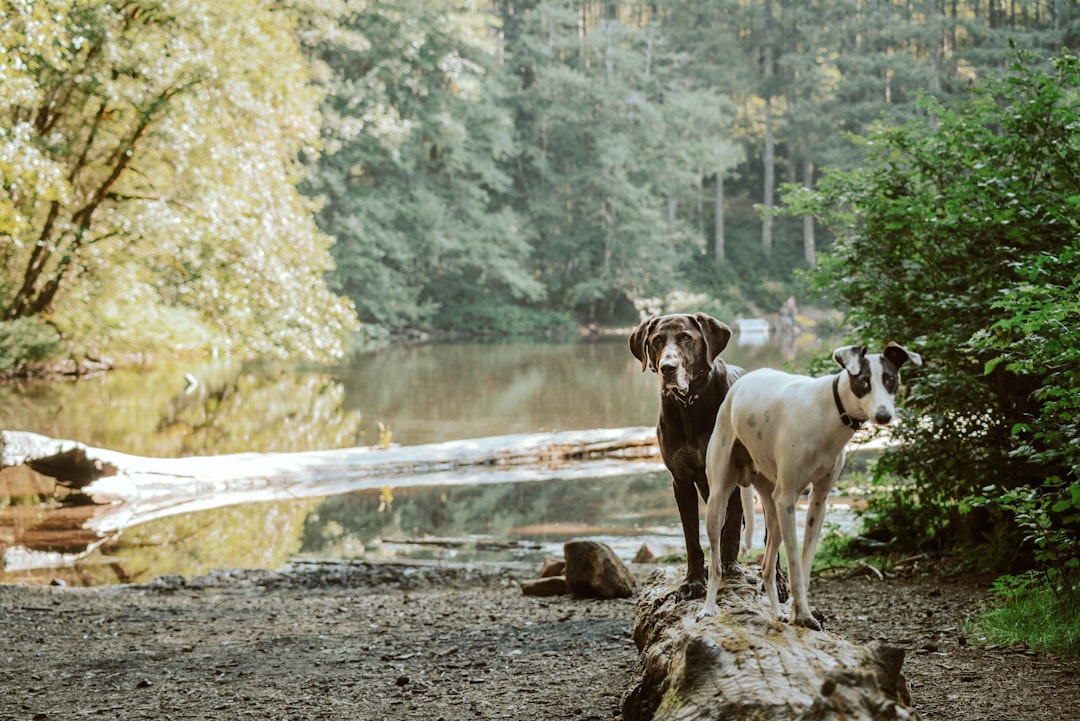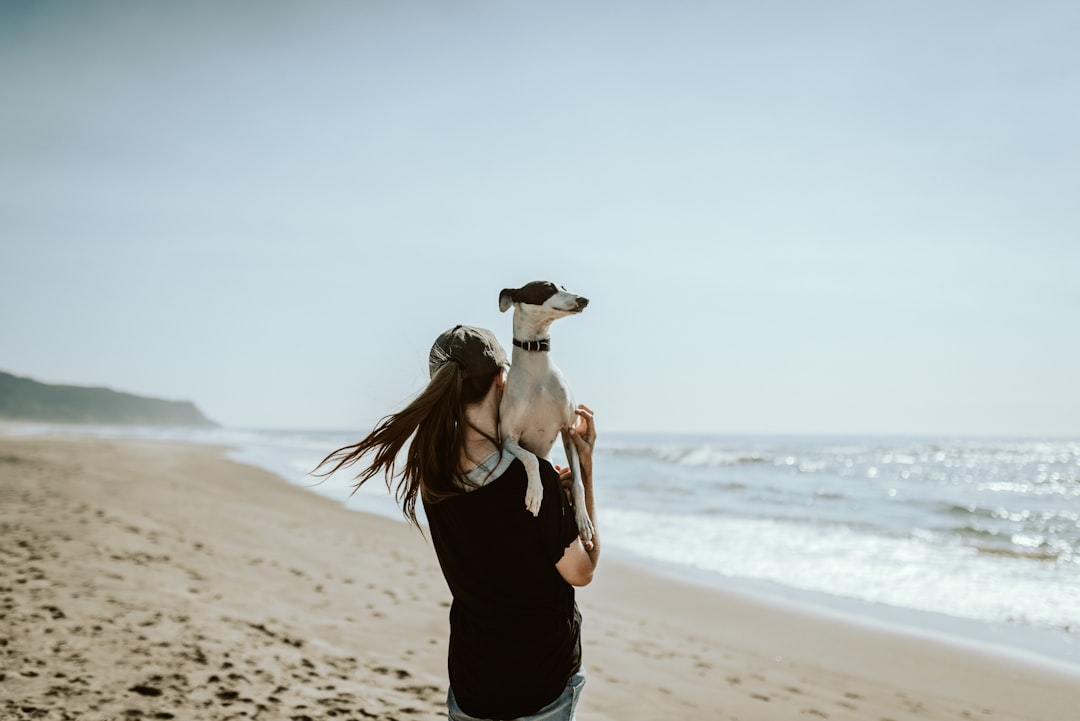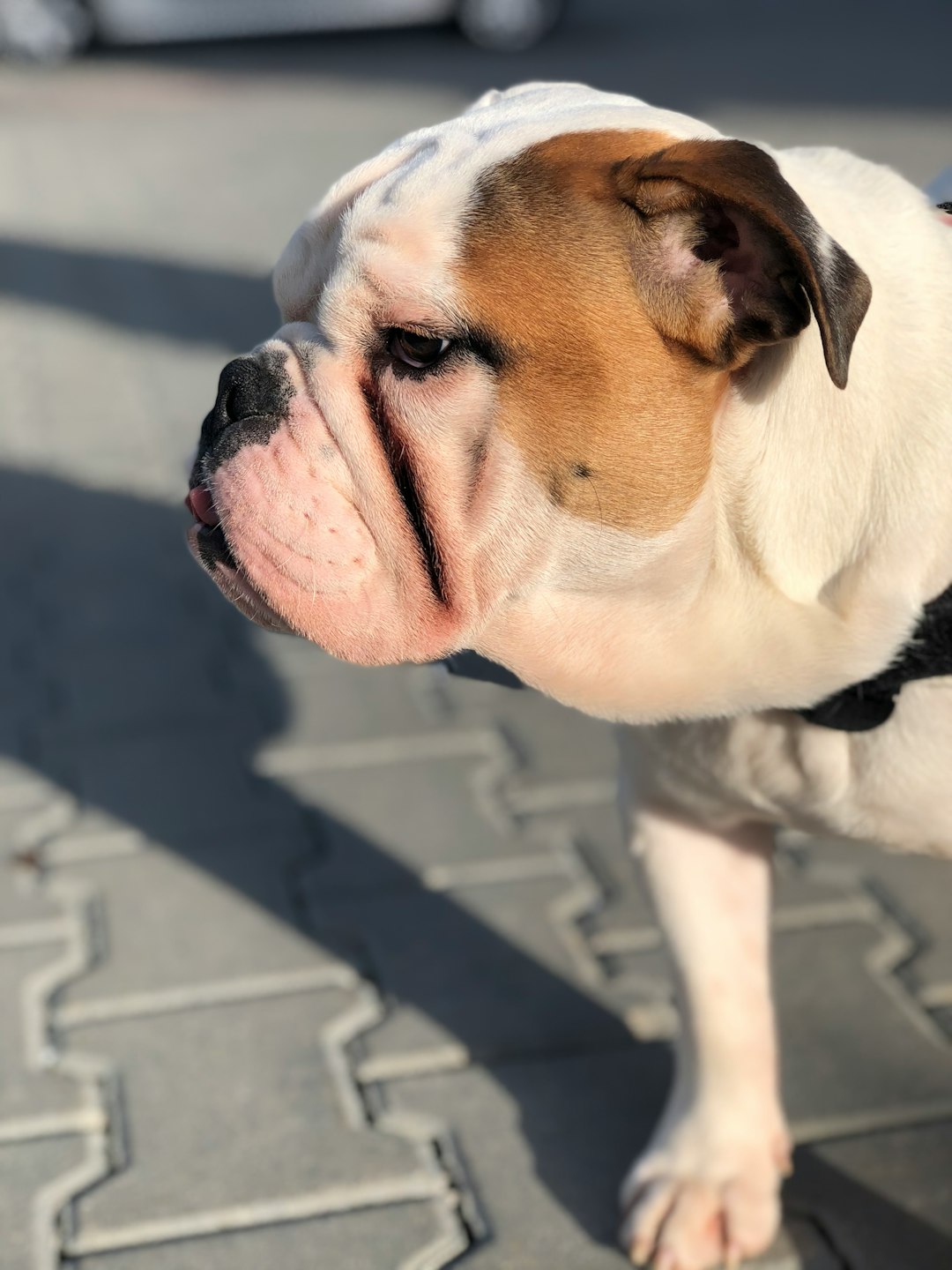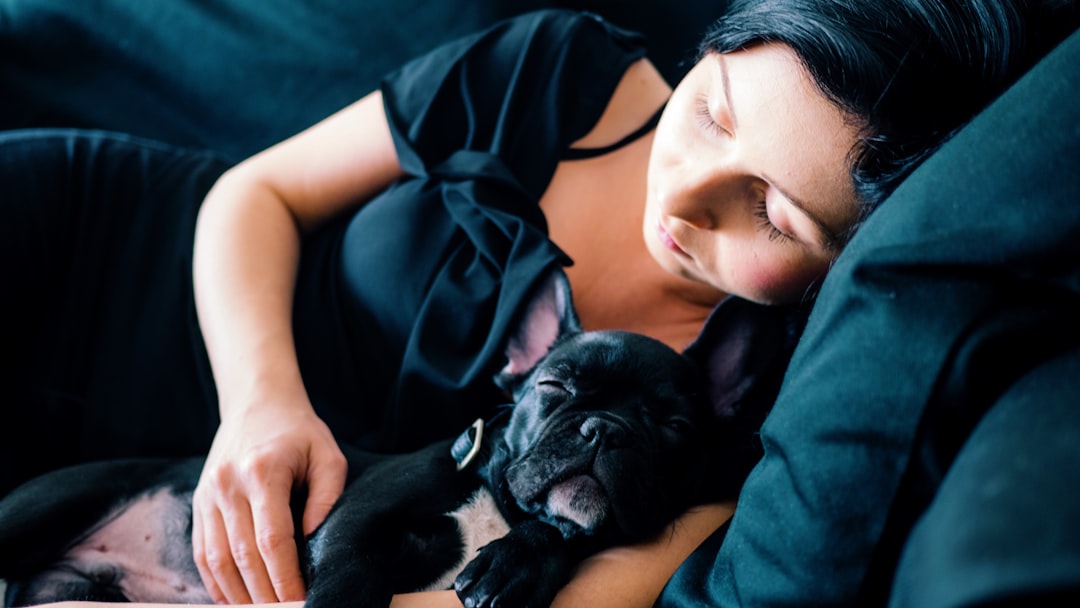If your furry friend has been scratching, licking, or looking a bit less than their usual self, you might be facing the dreaded dog yeast infection home remedy challenge. These pesky infections can not only irritate your pup but can also leave you wondering what went wrong. Fear not! With the right natural solutions and a sprinkle of love, you can help your canine companion feel fabulous again. Let’s dive into the world of soothing farm-fresh remedies and holistic practices to bring your dog back to their happy, wagging self!
Understanding Dog Yeast Infections

Dog yeast infections may sound like a bad hair band from the ’80s, but they’re a real issue for our furry companions—one that can make tails droop and fur lose its gleam. Essentially, these infections result from an overgrowth of yeast, often Candida albicans, which naturally lives on your dog’s skin and in their ears. Under certain conditions, like a damp environment or a high-carb diet, this yeast can throw a wild party, leading to discomfort and irritation.
Here’s a quick overview of common culprits:
- Moisture: A wet dog after a bath or swim could be a breeding ground for yeast.
- Poor Diet: Diets high in carbohydrates can fuel yeast proliferation.
- Allergies: Skin allergies often pave the way for infections.
- Immune Issues: A compromised immune system can’t keep yeast in check.
Recognizing these factors aids in preventative measures. Implementing a dog yeast infection home remedy can help restore balance and bring back the wagging tails!
Common Symptoms of Yeast Infections in Dogs

Recognizing a yeast infection in your furry friend can sometimes feel like deciphering a canine hieroglyph. However, several telltale signs point to this pesky problem. Here are the classic symptoms you should keep an eye out for:
- Itching and Scratching: Excessive pawing at ears or skin? Your pup might be experiencing discomfort.
- Odor: A musty or yeasty smell can indicate that yeast is throwing a rave party in your dog’s body.
- Redness and Inflammation: Look for irritated skin or inflamed ears, often resembling a tomato.
- Discharge: Unpleasant discharge from ears or skin lesions? This is a classic symptom and definitely warrants attention.
- Increased Licking: If your hound suddenly becomes a licking machine, it’s time to check for a yeast infection.
If you spot these signs, don’t panic! Instead, consider a dog yeast infection home remedy to soothe your pup’s discomfort. Quick action can often lead to successful, natural relief without the need for heavy medications. Remember, you’ll be one step closer to a happy, healthy dog!
Natural Remedies for Dog Yeast Infections

When it comes to treating those pesky dog yeast infections, you might want to consider a few natural remedies that can work wonders. Who knew that relief could be found right in your kitchen? Here are some effective options to tackle that annoying itch:
- Apple Cider Vinegar: This tangy elixir isn’t just for salad dressing! Dilute it with equal parts water and apply topically to your dog’s affected areas. It helps restore the skin’s pH and combats yeast overgrowth.
- Coconut Oil: Rich in lauric acid, coconut oil acts as a natural antifungal agent. Rub some on their skin, or even add a spoonful to their food for added benefits.
- Aloe Vera: This soothing plant isn’t just for sunburns! Apply fresh aloe vera gel to inflamed areas to reduce irritation and help heal the skin.
- Boric Acid: A little less common, but effective! Mix it with water to create a solution for cleaning your dog’s ears, especially if yeast tends to invite itself to that party.
These Dog yeast infection home remedies not only provide relief but also promote healing. Remember, though, if symptoms persist, a trip to the vet is never a bad idea!
Dietary Adjustments to Combat Yeast
When it comes to treating a Dog yeast infection home remedy, the diet is your best friend—quite literally! Yeast thrives on sugars and carbohydrates, so adjusting your pup’s food intake can help kick that pesky fungus to the curb. Here’s how to tailor their meals for success:
Recommended Dietary Adjustments:
- Reduce Carbohydrates: Limit grains, such as wheat and corn.
- Increase Protein: Opt for lean meats, fish, and eggs to provide quality nutrients.
- Incorporate Vegetables: Include non-starchy veggies like carrots and spinach which support overall health.
- Add Healthy Fats: Consider including coconut oil or omega-3 supplements for their antifungal properties.
Comparisons of Food Types:
| Food Type | Effect on Yeast |
|---|---|
| Grains | 👎 Promotes Yeast |
| Lean Meats | 👍 Supports Health |
| Non-Starchy Veggies | 👍 Boosts Immunity |
| Healthy Fats | 👍 Anti-Fungal Hero |
By making these dietary adjustments, you can create the perfect Dog yeast infection home remedy combo that fortifies your dog’s immune system while minimizing yeast overgrowth. Remember, a healthy pup is a happy pup!
Herbal Solutions for Holistic Healing
When it comes to treating yeast infections in our furry friends, nature often holds the keys to relief. Enter the realm of herbal solutions! These delightful botanicals not only smell great but also help combat those pesky yeast infections.
Consider these witty herbal remedies:
- Oregano Oil: This powerful oil packs a punch against yeast. Just dilute a few drops with a carrier oil and apply it to your pup’s affected areas.
- Coconut Oil: Not only is it a tasty addition to your dog’s diet, but its antifungal properties make it a top contender in the dog yeast infection home remedy department.
- Aloe Vera: Known for its soothing abilities, applying pure aloe vera gel can cool irritated skin while warding off yeast.
- Apple Cider Vinegar: Mix equal parts with water and spray on affected areas. Your dog might even think it’s a fancy spa treatment!
By integrating these herbal solutions into your dog’s routine, you’ll not only be treating the infection but also nurturing a holistic approach to their wellbeing. Just remember, if symptoms persist, have a chat with your vet!
The Role of Probiotics in Managing Yeast
When it comes to tackling a dog yeast infection home remedy, probiotics deserve a round of applause. These little heroes work tirelessly to restore balance in your pup’s gut, which can significantly impact yeast overgrowth. So, let’s dig a little deeper into their powers!
Why Probiotics Matter:
- Support Digestive Health: Probiotics help maintain a healthy gut flora, which can deter yeast growth.
- Boost Immunity: A robust immune system is essential in fighting off opportunistic infections, like yeast.
- Nutrient Absorption: They assist in breaking down food particles, ensuring your pooch absorbs all the vital nutrients.
Options for Probiotic Sources:
| Probiotic Source | Benefits |
|---|---|
| Yogurt (plain, unsweetened) | Natural source of beneficial bacteria |
| Probiotic capsules | Convenient and precise dosage |
| Kefir | Packed with diverse probiotics |
Incorporating these into your dog’s diet can be a game-changer. It’s a fantastic dog yeast infection home remedy that complements other treatments. With a balanced gut, your furry friend will be strutting around yeast-free and feeling fabulous!
Maintaining Hygiene to Prevent Recurrences
Ah, the age-old wisdom that cleanliness is next to dogliness! When it comes to a Dog yeast infection home remedy, maintaining proper hygiene is your first line of defense against those pesky yeast overgrowths.
Here are some top tips to keep your furry friend yeast-free:
- Regular Baths: Use vet-recommended anti-fungal shampoos and bathe your dog regularly to wash away yeast and debris. Those bubbling suds aren’t just for show!
- Dry Well: Yeast loves a damp environment, so ensure your dog is completely dry after baths, especially in the folds of their skin and ears.
- Clean Ears: Use a gentle ear cleaner specifically designed for dogs. Wipe those floppy ears regularly to keep yeast at bay.
- Brush Regularly: De-shedding your pooch not only keeps the fur off your couch but also helps to eliminate yeast-laden dead hair.
- Sanitize Bedding: Wash your dog’s bedding frequently. After all, no one wants a home that doubles as a yeast breeding ground!
With these hygiene hacks, you’re not just fighting off infections; you’re embracing a lifestyle—one that screams, “Yeast be gone!” Remember, a good dog yeast infection home remedy often starts right at home.
When to Consult a Veterinarian
While many dog owners may attempt various Dog yeast infection home remedy options at home, there are times when DIY treatments just won’t cut it. Knowing when to seek professional help is crucial for your furry friend’s health. Here’s a swift guide:
- Persistent Symptoms: If symptoms like itching, redness, and odors last more than a week despite your home remedies, it’s time to call in the pros.
- Severe Discomfort: If your dog seems unusually agitated or in pain, their yeast infection may require medical intervention.
- Underlying Health Issues: Dogs with existing health conditions or compromised immune systems may benefit from vet-approved treatment alternatives.
- Worsening Condition: If your dog’s condition deteriorates or new symptoms emerge, don’t hesitate – off to the vet you go!
In a nutshell, while the Dog yeast infection home remedy approach can be effective for minor issues, your furry companion deserves the best care. Always trust your instincts; when in doubt, consult a veterinarian! 🐾
Frequently Asked Questions
What are the common signs of a yeast infection in dogs?
If you suspect your pup is hosting a yeast party, keep an eye out for these signs: incessant scratching, a musty odor wafting from their ears or skin, red inflamed areas, and hot spots that would make a sunbather envious. Additionally, some dogs may show signs of irritation like shaking their head or excessive licking. If your furry friend suddenly seems to be auditioning for an ‘itchy and scratchy’ cartoon, it’s time for a check-up!
What natural remedies can I use to help treat my dog’s yeast infection?
Consider whipping up some homemade remedies! A mixture of apple cider vinegar and water can work wonders – balance it in a 1:1 ratio and apply it to the infected areas (keep it out of their eyes, Picasso!). You might also explore coconut oil, which packs a punch of antifungal properties and can be applied directly. Another contender is plain yogurt, which not only makes for a delightful treat but also can help restore the good bacteria balance in your dog’s system. Remember, while nature can be nurturing, don’t forget to consult your vet!
Is there anything I should avoid when treating my dog’s yeast infection at home?
Absolutely! While the holistic route can be appealing, certain substances should be evaded like a bad haircut. Avoid using hydrogen peroxide – it might seem like a good idea, but it can be too harsh and may irritate your dog’s sensitive skin. Additionally, steer clear of using any medicated shampoos or creams without consulting a veterinarian first, as they could do more harm than good. Think of it as choosing between a safe snack and an expired piece of cheese – always go for the former!
How long does it typically take for a yeast infection to resolve with home remedies?
Ah, patience, dear pet parent. Just like a good soufflé, healing takes time! With consistent application of your chosen home remedies, you should see some improvement within a few days to a week. However, some stubborn infections may require a bit longer, perhaps stretching to two weeks. If it starts looking like it’s taking forever or the symptoms worsen, don’t hesitate to consult your veterinarian – think of them as the wise Gandalf in your dog’s fight against the forces of yeast!



